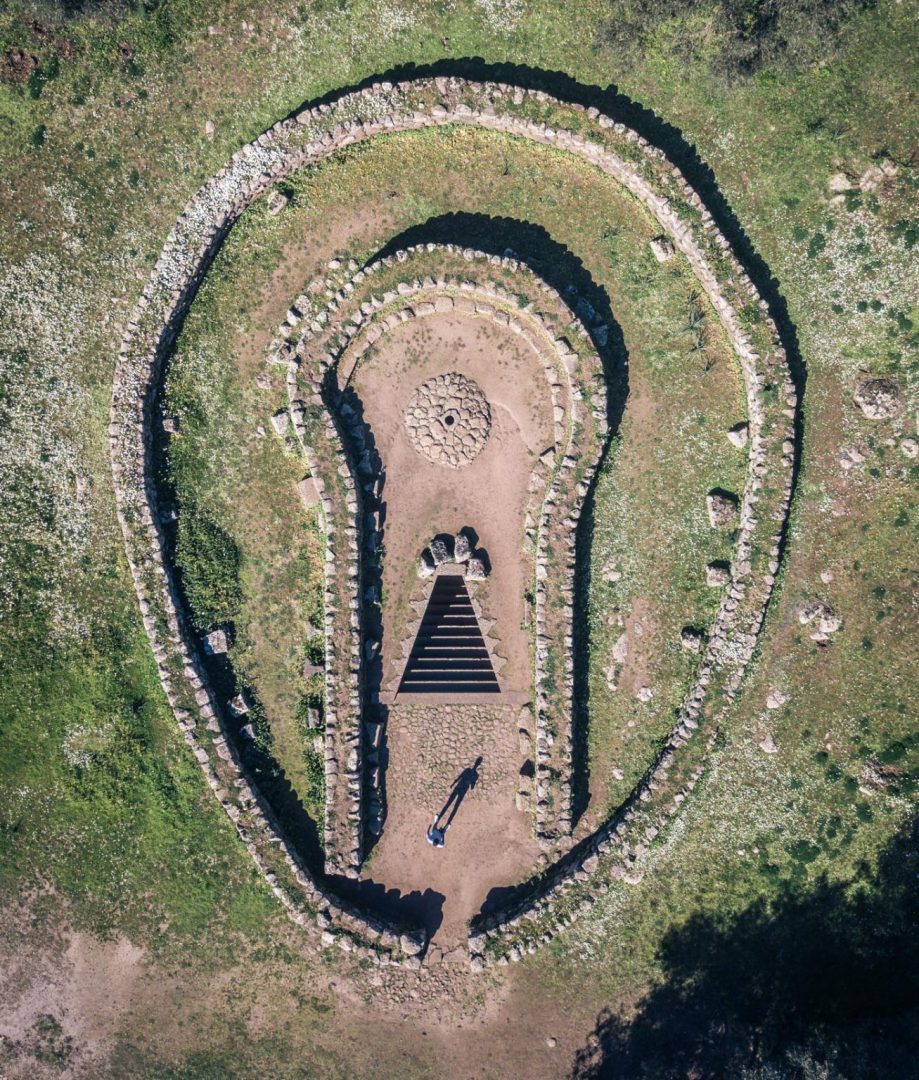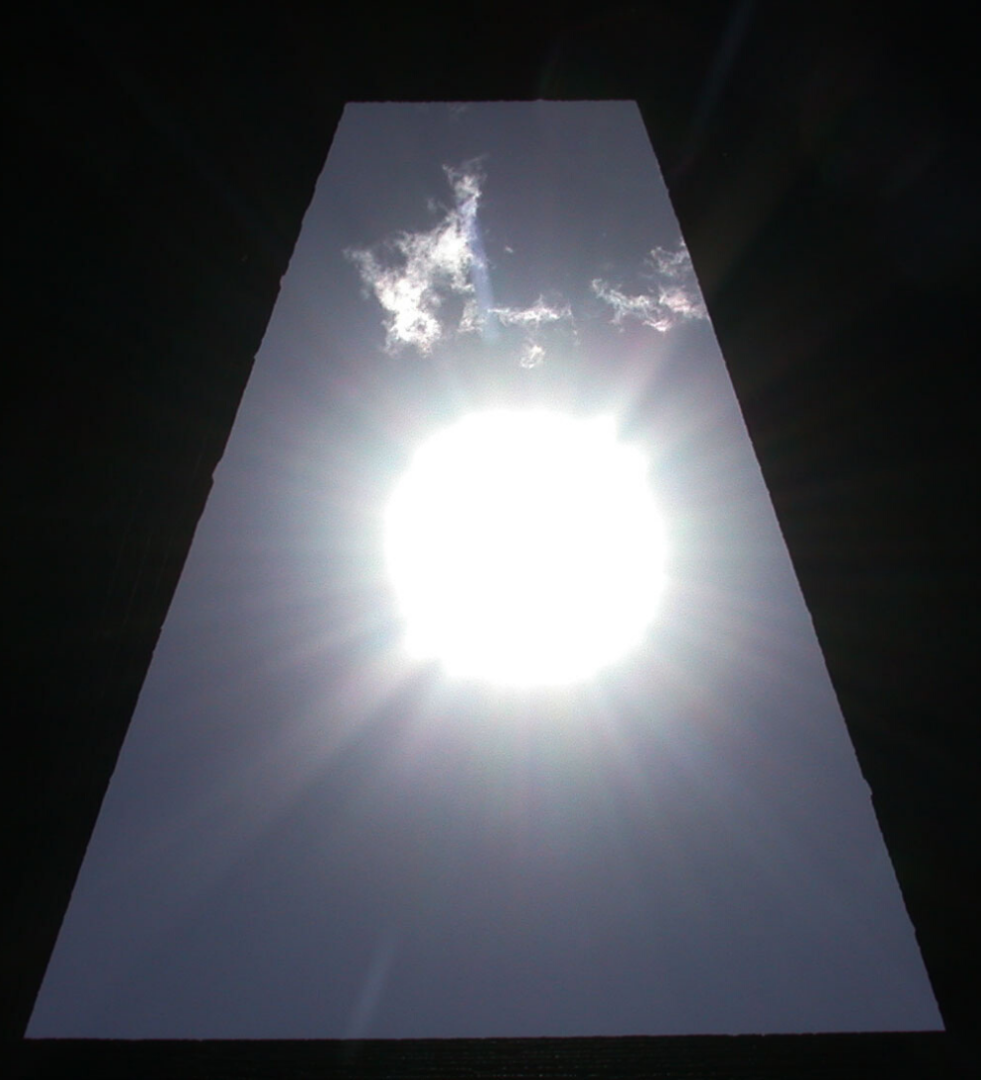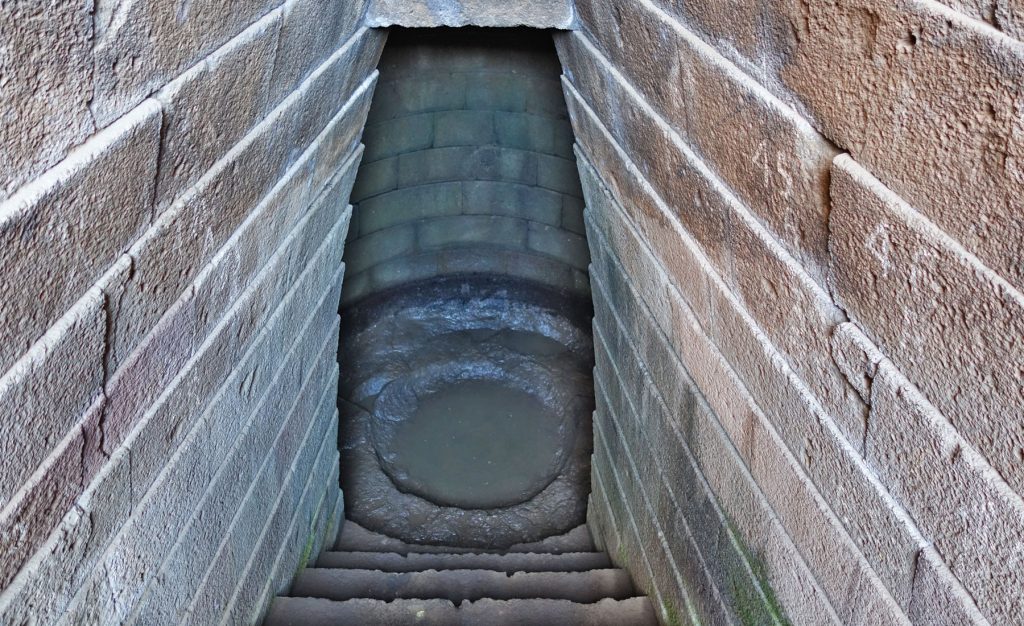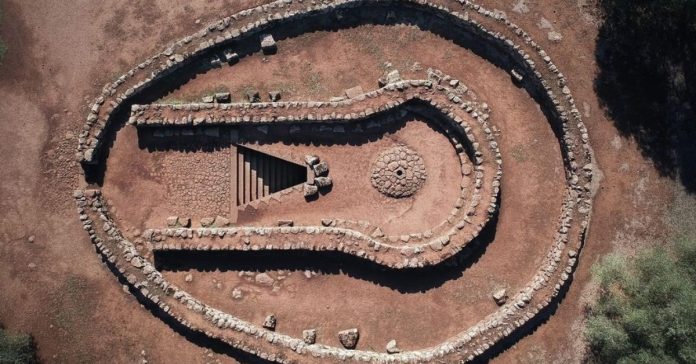The Sacred Well of Santa Cristina, nestled near Paulilatino in Sardinia, stands as a testament to the architectural and spiritual sophistication of the Nuragic civilization, a Bronze Age culture that flourished from approximately 1800 BCE to 238 BCE. Scholars often hail this enigmatic structure, dating to around 1000 BCE, as the pinnacle of Nuragic engineering, blending geometric precision, astronomical alignment, and sacred symbolism. Despite its name, the well was not a practical water source but a ritual site central to the Nuragic water cult and celestial observations. Its near-perfect preservation and mysterious aura continue to captivate scholars and visitors alike.

The Sacred Well of Santa Cristina: A Glimpse into the Nuragic Civilization
The Nuragic people left no written records, but their legacy endures in thousands of stone structures, including nuraghi (conical towers) and sacred wells. Over 50 sacred wells have been identified in Sardinia, with Santa Cristina being the most iconic. These wells were part of a broader religious landscape, likely serving as pilgrimage sites where communities gathered for rituals tied to fertility, water worship, and celestial events. The Nuragic reverence for water is evident in the well’s design, which integrates an underground spring into its ceremonial function
Architectural Marvel: Mastery of Stone in the Nuragic Civilization
The Sacred Well’s construction exemplifies the Nuragic mastery of cyclopean masonry. Key features include:
- Trapezoidal Staircase: A descending flight of 24 basalt steps, narrowing toward the base and crafted with isodomic ashlars (uniformly cut stones). The steps create an inverted staircase effect, enhancing the play of light and shadow during equinoxes.
- Tholos Chamber: At the base lies a subterranean chamber with a corbelled dome (tholos), rising 7 meters to a circular opening. This design ensures structural stability while symbolizing a connection between earth and sky.
- Sacred Enclosures: The well is encircled by two temene (sacred boundaries)—an outer elliptical wall and an inner keyhole-shaped structure—marking the transition from profane to sacred space.
The stones are so precisely fitted that the structure appears modern, defying its 3,000-year-old origins.
Astronomical Significance: The Celestial Alignment of the Sacred Well

The sun, with its rays, is reflected inside the well until it touches the water. In this circumstance the observer, while descending. Source/Credit: Pozzo Santa Cristina
The well’s alignment with celestial phenomena suggests it functioned as an astronomical observatory:
- Equinoxes: During the spring and autumn equinoxes (March 18–21 and September 21–23), sunlight penetrates the stairwell, illuminating the water at the chamber’s base. Observers on the final steps witness dual shadows—one projected onto the water, another inverted on the dome—a phenomenon described as “magical” .
- Lunar Standstill: Every 18.6 years, moonlight reflects perpendicularly through the dome’s aperture during the lunistice (maximum lunar declination). This rare event, last observed in 2006, underscores the well’s potential role in tracking lunar cycles.
Scholars debate whether these alignments were intentional. Arnold Lebeuf, a Polish astronomer, argues the well’s proportions align with lunar geometry, suggesting it was a “lunar observatory”. Others attribute the alignments to coincidence, emphasizing its primary role in water rituals.
Cultural and Religious Role: Water, Fertility, and Pilgrimage

The well’s spiritual significance is intertwined with Nuragic cosmology:
- Water Cult: The perennial spring within the chamber symbolized life and fertility, linked to a feminine deity, possibly Mamùsa, the Goddess of Waters. Votive offerings, including Phoenician jewelry and bronze figurines, found nearby indicate its use in rituals.
- Pilgrimage Site: The surrounding complex included a Capanna delle Riunioni (meeting hut) with seating for communal gatherings, workshops, and lodgings for pilgrims—akin to later Christian practices.
The site’s Christian-era name derives from a nearby 11th-century church, though legends persist. One tale describes Saint Cristina, a shepherdess swallowed by the earth to escape persecution, linking the well to divine intervention.
Legacy and Modern Exploration
Today, the Sacred Well is part of the Santa Cristina Archaeological Park, offering visitors a chance to descend its ancient stairs and experience its celestial phenomena. Conservation efforts since the 1950s have preserved its structural integrity, earning it the status of a state-owned heritage site 10. Scholars continue to study its dual role as a ritual center and astronomical instrument, bridging the gap between myth and science.
Conclusion
The Sacred Well of Santa Cristina transcends its Bronze Age origins, embodying the Nuragic civilization’s ingenuity and spiritual depth. Its seamless fusion of architecture, astronomy, and religion invites us to ponder the interconnectedness of human creativity and the cosmos. As archaeologist Giovanni Lilliu noted, its geometric perfection challenges our perception of prehistoric engineering, making it “a work not of the past, but of eternity.
References
- Sacred Well – Pozzo Sacro di Santa Cristina
- Master Architects of Sardinia: The Sacred Well of Santa Cristina | Ancient Origins
- Nuragic Holy Well – Wikipedia
- Well of Santa Cristina – Atlas Obscura
- Santa Cristina Well: A Mystery of Sardinia – Ecobnb
- Sanctuary Nuraghic Santa Cristina Reviews
- Nuragic Complex of Santa Cristina | Gabbiano Azzurro Hotel
- Sacred Well of Santa Cristina – Prehistory in Italy

